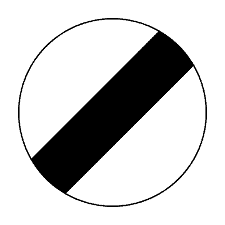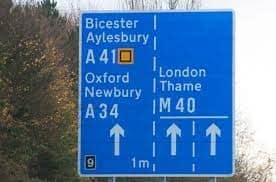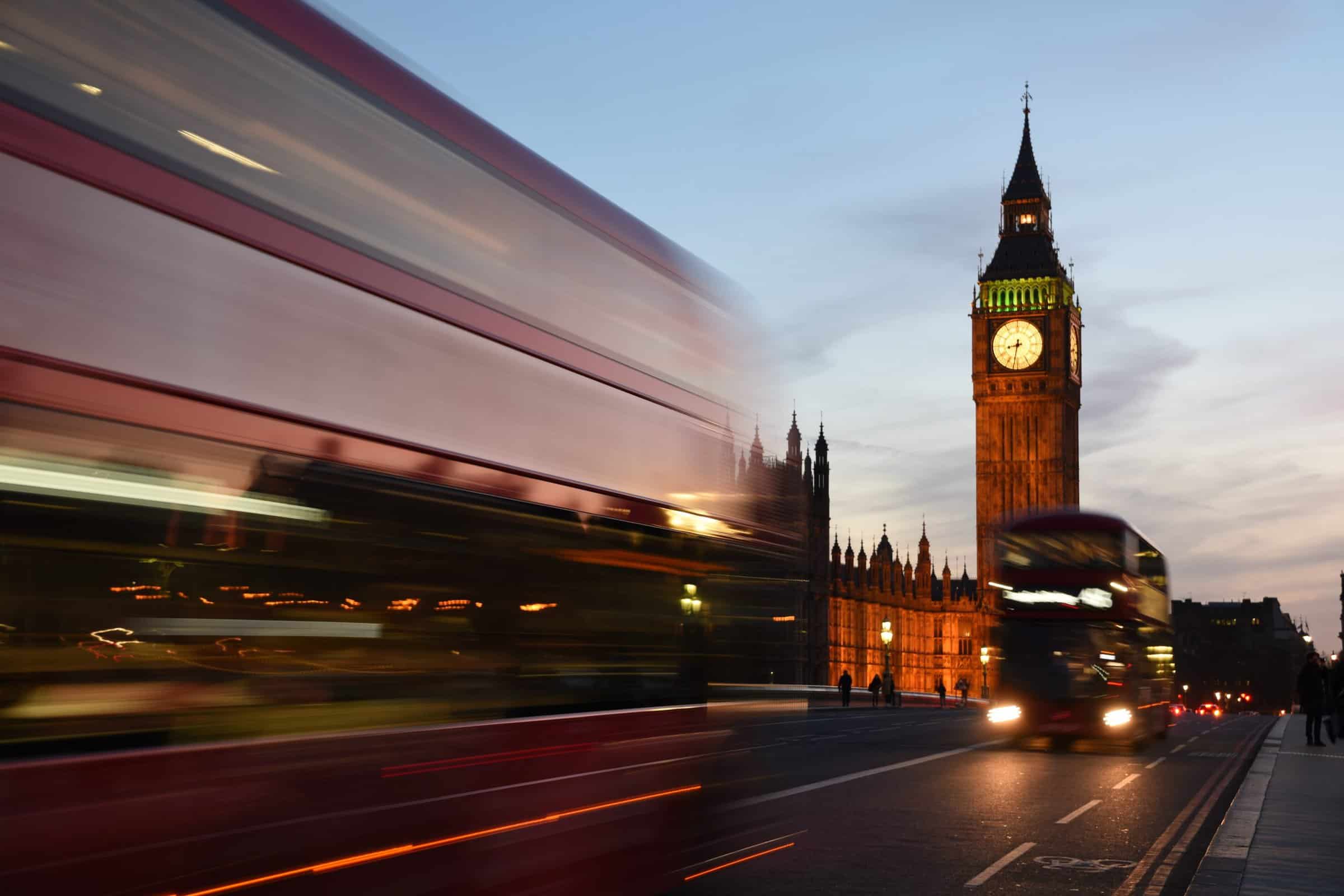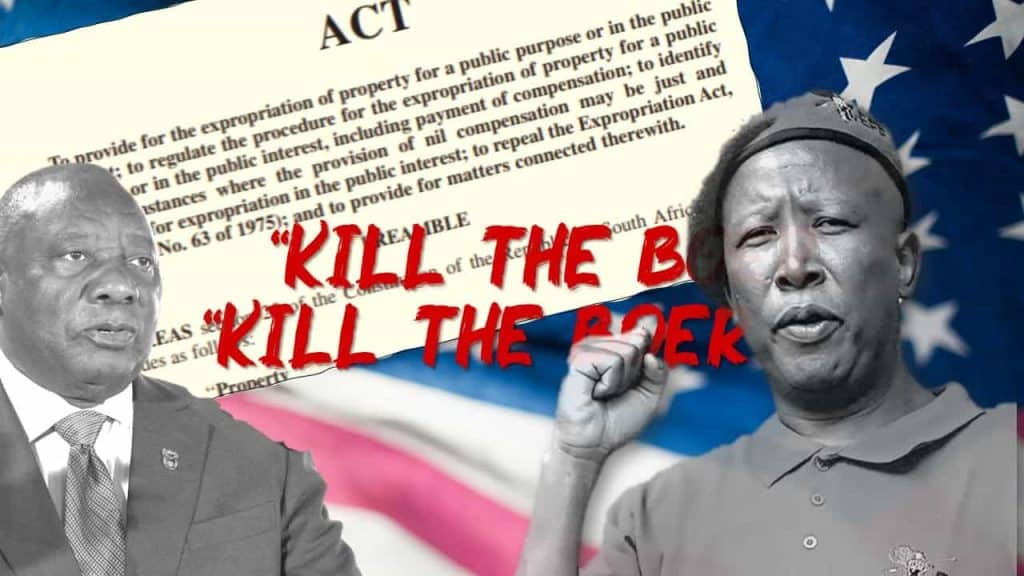By Maxie Heppell
So, driving on the same side of the road is one thing, but simply assuming that all other traffic rules in England are the same as what you are used to is looking for trouble.
I have already told you about the annoying £60 (R1 200) traffic fine I received on my first day in the country. These people are very serious about their bus lanes!
But it’s not the end yet. Barely three months later, a notice of a speeding offence fluttered through the mail slot in our front door, and my heart sank into my boots.
But this time, I had a choice.
Option 1 – I could attend a one-day course as part of the National Speed Awareness Scheme. That would make an £80-hole in my pocket (about R1 500 at that time).
Option 2 – I could pay a £100-fine (R1 840) and add three penalty points to my driver’s license. If I accumulated 12 or more penalty points within three years, I would be doomed to tramping.
Option 3 – I could take a chance in court, but if I were found guilty, I could be fined and be rewarded penalty points to my driver’s license, and I would also have to pay the legal costs.
Choices, choices, choices …
Rules, rules, rules
Early one morning in October 2019, I shyly entered the Holiday Inn in Swindon. I have always been afraid of trouble, so I never paid a visit to the principal’s office. Maybe that would have prepared me for this awful feeling of impending doom. Because someone is going to kick your butt now!
Luckily not.
The men presenting the course were independent consultants with no personal agendas; they were there to do their job. And so I learned some new British traffic rules that day. Hopefully, this will help you as well.
- If there is a street lights system in the area where you are driving, i.e. more than three street lights in a row, the speed limit is 30 mph (miles per hour). Here in England, many cars have a mile meter and a kilometre meter; it works out at about 50 km/h.
- In busy pedestrian areas and where there are schools, specific signs indicate that the speed limit is 20 mph – even if there is a street lights system.
- The speed limit on a single road, i.e. a road with one left lane and one right lane (of which there are millions between all the small towns), is 60 mph (100 km/h).
- The average national speed limit is 60 mph, and wherever you see the sign below, you can know the speed limit is 60 mph.

The presenters jokingly pointed out that this is not a target – it is a limitation! Because, believe me, there are roads where you will honestly seek death if you drive 60 mph! Who knows who made that rule …
- In towns and cities, there are usually additional signs indicating 40 mph or 50 mph, cancelling the 30 mph. However, if you don’t see it, rather stick to 30 mph.
- On dual carriageways with a definite, insurmountable middleman, the speed limit is 70 mph (110 km/h). A road with two lanes in one direction and two lanes in another direction separated only by a strip of paint does not qualify as a dual carriageway and the speed limit there is still 60 mph.
- On motorways, there are blue information boards along the road and the speed limit is 70 mph.

Photo: www.thesun.co.uk
They also highlighted the following points of interest about the Highway Code:
Did you know that you are not allowed to drive with cruise control in the rain? Or that you may never trespass to give priority to an emergency vehicle? You will be fined!
Keep left!
I finally walked out of there with a giggle that day because I also learned that the English are not the world’s most impatient drivers. See, I thought if I stay away from the fast lane like in South Africa, everything would be fine. I happily drove in the middle lane.
The few times Willie Wragtig flashed his lights for me, drove around me in the middle lane and then step on the gas again, I was grumbling and growling.
But that day, I heard that you always drive in the far-left lane here in England – the “slow” lane as we call it in South Africa. Only if you want to overtake a vehicle, you may change lanes – and then you must get back into the slow lane as soon as possible again.
Well, I never … That’s how we learn!
Next time, I’ll tell you about the cost of living here in England. Always good to know when you start making plans!
Greetings from Newbury
Maxie




















